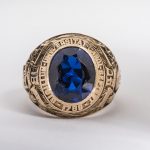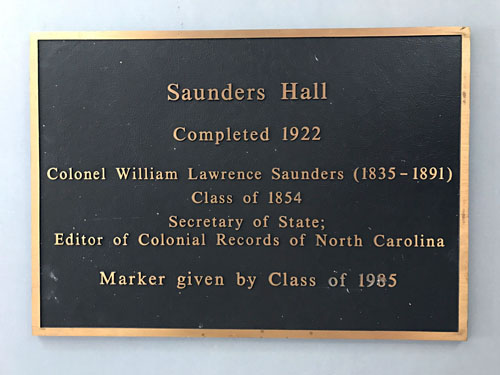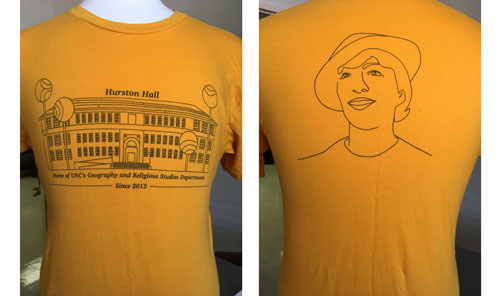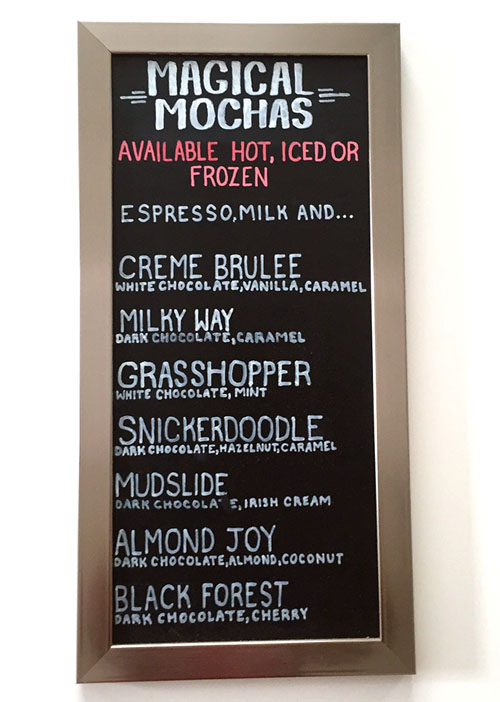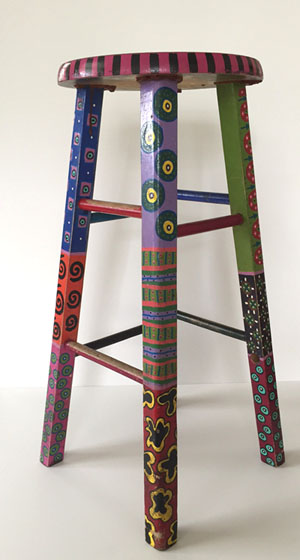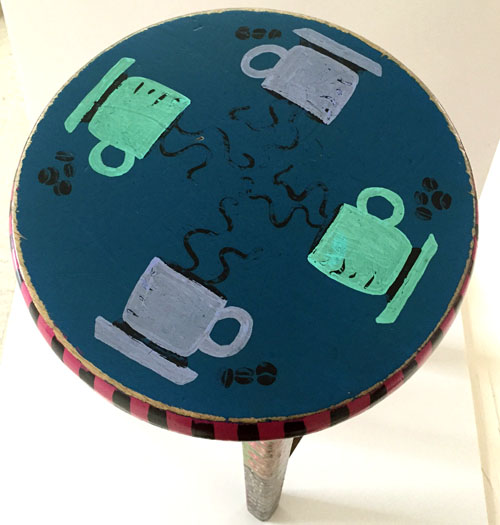With the 2018 graduation now behind us, the May Artifact of the Month reminds us that although our time at the University is brief, our love and appreciation for the school is eternal. This class ring from 1940, formerly owned by the late historian and Curator of the North Carolina Collection William S. Powell, invokes the pride and spirit possessed by anyone privileged enough to call UNC their alma mater.
The ring’s designers included symbols related to the University’s history. The 10k gold ring features both the official school seal and the unofficial school symbol, the Old Well. The ring includes the Latin version of the University’s formal name with an ode to the school’s charter year in 1789. It also features the phrase, “Esse Quam Videri,” meaning “to be rather than to seem,” which is also the state motto.

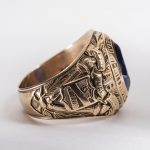

The ring bears Powell’s name through an inscription on the inside of the band, immortalizing his status as a proud UNC alumnus. Powell earned his bachelor’s degree in library science after transferring to CUNC from Mitchell College in Statesville. He went on to earn a master’s degree in history from the University in 1947 and began his extensive career at UNC working for the North Carolina Collection.
Students now celebrate their senior status by purchasing a class ring and attending the special ceremony hosted by the General Alumni Association, a tradition dating back to 2008. The ceremony aims to connect students and alumni who purchase rings by making ring buying a special occasion, rather than it simply arriving in the mail. Rings come in multiple styles and color options, with the choice to feature either their customized degree symbol or the traditional school seal.


